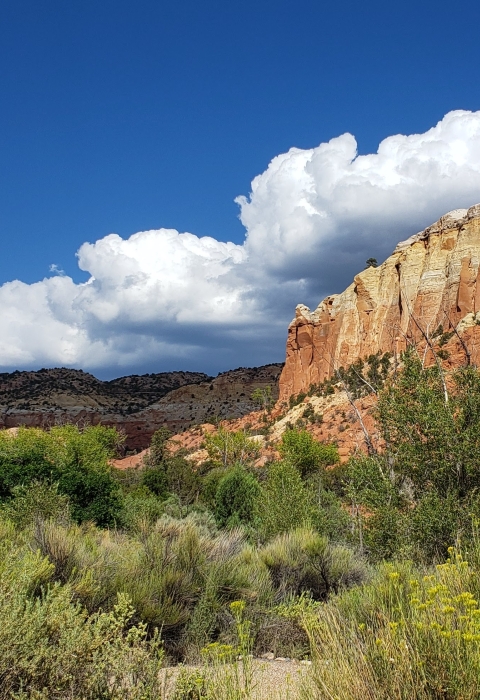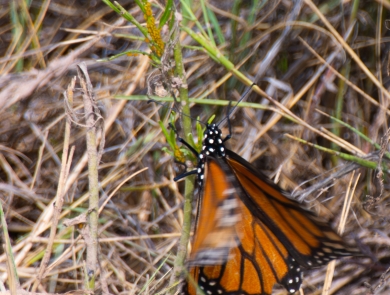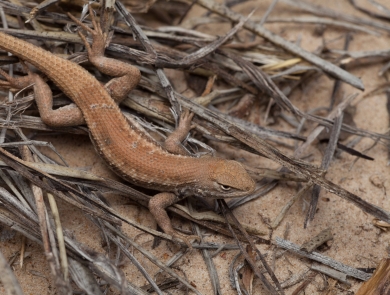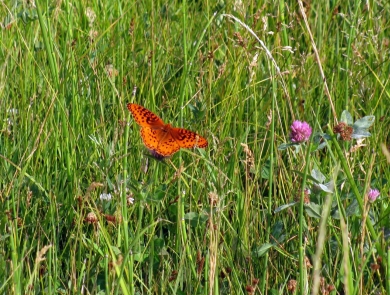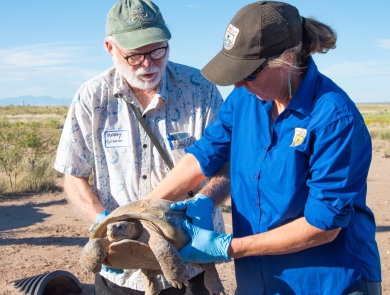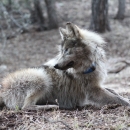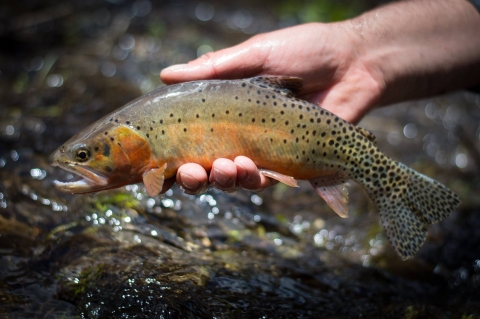Our Organization
Our Species
The New Mexico Ecological Services Field Office has lead responsibility to conserve and protect over 50 species. These species represent many different taxa and occur across all habitat and ecosystem types in New Mexico, some of which also extend into other states or cross the border into Mexico. We also have responsibility to help conserve and protect an additional 50 species throughout the southwest. Click on the link below to learn more about these important species and their habitats.
Featured Species - Rio Grande Cutthroat Trout
The Rio Grande cutthroat trout, one of 14 subspecies of cutthroat trout, is native to the Rio Grande, Pecos River, and Canadian River basins in New Mexico and Colorado. Through hard work and collaboration with the U.S. Forest Service, Bureau of Land Management, New Mexico Department of Fish and Wildlife, Colorado Parks and Wildlife, Mescalero Apache Nation, Jicarilla Apache Nation, Taos Pueblo, and a few other partners, we have established a Rio Grande Cutthroat Trout Conservation Team. This team developed a Conservation Strategy to help prevent the Rio Grande cutthroat trout from becoming listed as threatened or endangered under the Endangered Species Act. This strategy promotes conservation by decreasing or removing threats to the species. Our office works closely with the Rio Grande Cutthroat Trout Conservation Team to provide long-term success of Rio Grande cutthroat trout throughout its historical range.
